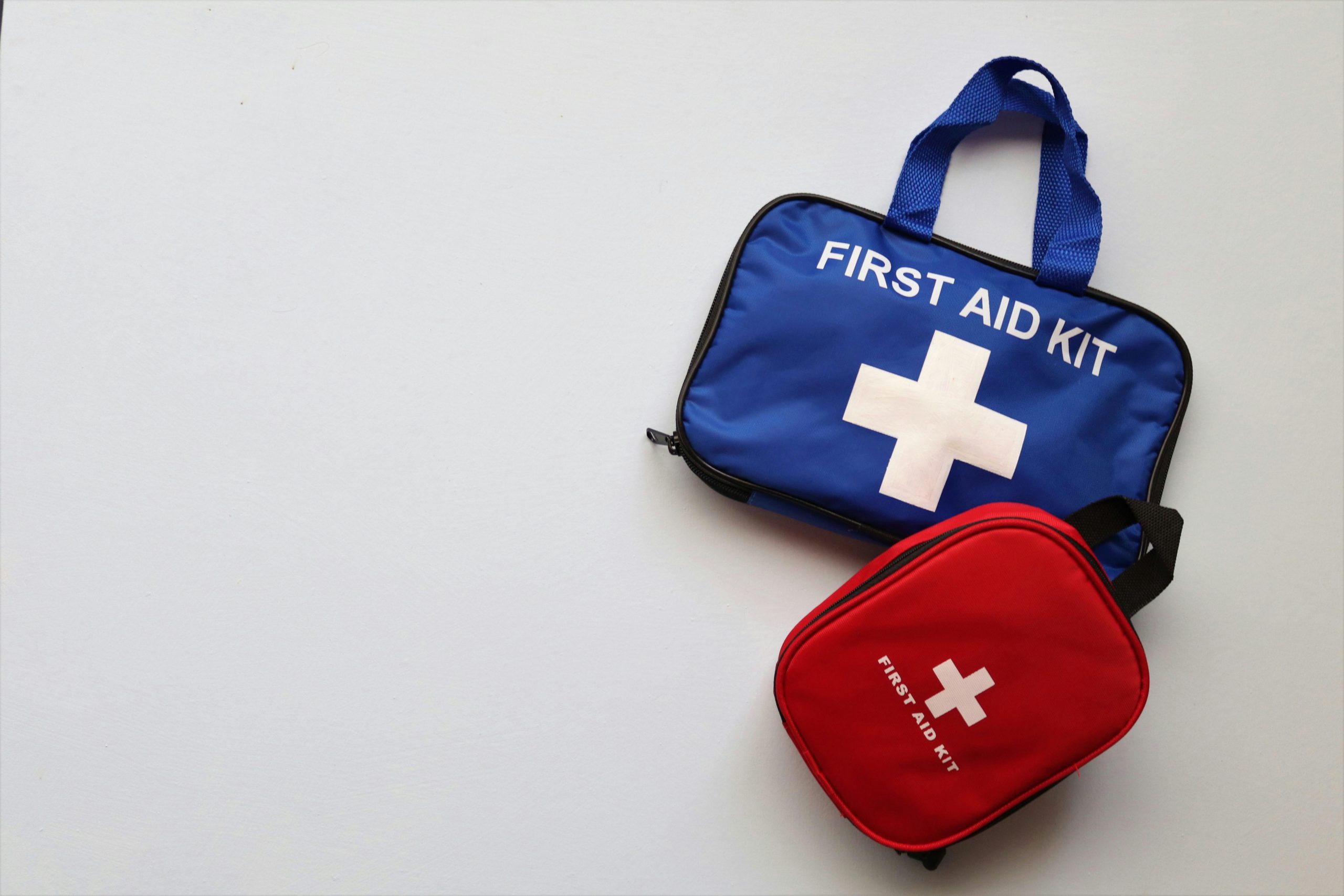Traveling is an exciting adventure, but unexpected injuries or illnesses can quickly turn a dream trip into a stressful experience. A well-packed first aid kit is a travel essential, ensuring you’re prepared for minor emergencies wherever you go. Whether you’re hiking in the mountains, exploring a bustling city, or relaxing on a beach, having the right supplies can make all the difference. This guide will walk you through the must-have items to include in your travel first aid kit, tailored for different types of trips and destinations.
Basic First Aid Supplies for Every Traveler
No matter where you’re headed, certain first aid items are universally useful. Start with these basics to cover common minor injuries and ailments:
- Adhesive bandages – Various sizes for cuts, blisters, or scrapes.
- Sterile gauze pads and adhesive tape – For larger wounds.
- Antiseptic wipes or solution – To clean wounds and prevent infection.
- Antibiotic ointment – Helps speed up healing for minor cuts.
- Pain relievers – Ibuprofen, acetaminophen, or aspirin for headaches or muscle pain.
- Antihistamines – For allergic reactions or insect bites.
- Tweezers and small scissors – Useful for removing splinters or cutting tape and gauze.
- Disposable gloves – To protect yourself when treating wounds.
These essentials will handle most minor issues, but consider your destination and activities to customize your kit further.
Medications and Personal Health Needs
Beyond basic first aid, medications are a critical part of any travel kit. Pack any prescription medications you take regularly, along with a copy of your prescriptions in case you need a refill. Additionally, include:
- Motion sickness tablets – If you’re prone to nausea on planes, boats, or winding roads.
- Anti-diarrheal medication – Traveler’s diarrhea is common in some regions.
- Electrolyte tablets or oral rehydration salts – Helps with dehydration from illness or heat.
- Any personal allergy or asthma medications – Such as an epinephrine auto-injector or inhaler.
Check the regulations of your destination regarding medications, as some countries have restrictions on certain drugs.
Special Considerations for Outdoor Adventures
If your travels involve hiking, camping, or other outdoor activities, your first aid kit should reflect the increased risks. Add these items to your basic kit:
- Blister treatment – Moleskin or specialized blister bandages.
- Insect repellent and sting relief – Especially important in areas with mosquitoes or ticks.
- Sunburn relief – Aloe vera gel or hydrocortisone cream.
- Water purification tablets – In case clean water isn’t available.
- Emergency blanket – Lightweight and compact for unexpected cold weather.
For remote trips, consider a compact first aid manual or downloading a first aid app for guidance in emergencies.
Traveling with Kids or Special Needs
Families or travelers with specific health conditions need to tailor their kits accordingly. If traveling with children, include:
- Child-friendly pain relievers – Such as liquid acetaminophen or ibuprofen.
- Pediatric electrolyte solutions – For dehydration due to illness.
- Fun bandages – To make minor injuries less scary for kids.
- Any necessary pediatric medications – Like allergy or asthma treatments.
For travelers with chronic conditions, pack extra supplies and a written summary of your medical history in case you need care abroad.
Organizing and Storing Your First Aid Kit
A well-organized kit ensures you can find what you need quickly. Use a durable, waterproof container or pouch, and separate items into categories with small bags or elastic bands. Label everything clearly, and check expiration dates before each trip. Keep your kit in an easily accessible place, such as your carry-on or daypack, so it’s always within reach.
Packing a first aid kit for travel doesn’t have to be complicated, but it does require thoughtful planning. By including these essential items and customizing based on your destination and needs, you’ll be ready to handle minor health issues and enjoy a safer, more comfortable journey. Remember, preparation is the key to peace of mind while exploring the world.
